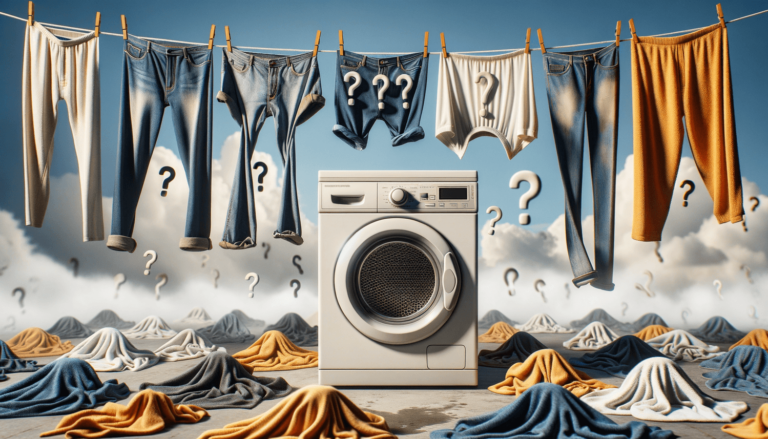

Your clothes may still be damp after drying due to overloading the dryer, incorrect drying settings, a blocked lint filter, or a malfunctioning dryer component. Check the load size, settings, lint filter, and dryer components if necessary.
Automatic vs. Timed Dry: Use an automatic dryer setting for moisture detection that adjusts the cycle time for improved efficiency and reduced dampness.
Use medium or high tumble speed on your dryer to increase airflow for efficient drying.
Choose the appropriate temperature setting based on fabric type. Higher heat for cotton or towels, lower heat for delicate fabrics.
Regular maintenance, such as cleaning the lint filter and inspecting the vent system, ensures optimal performance.
Our blog, Settings King, offers practical tips on choosing the right dryer settings. For more information, visit our website to explore technology settings in detail.
Dealing with damp clothes after running your dryer can be frustrating. To help you find the culprit, we’ve compiled some reasons why your clothes might not be dry after using the dryer.
One common problem is overloading your dryer with too many clothes. An overcrowded dryer can restrict airflow, making it difficult for your clothes to dry efficiently. To ensure proper drying, load the dryer with the right amount of clothing, allowing for sufficient airflow and consistent drying times.
Using the wrong dryer settings can also lead to damp clothes. To prevent this issue, refer to our previous response on key dryer settings, and always follow the fabric care instructions on your garments. Remember, choosing the correct settings based on fabric type and load size is crucial for optimal drying performance.
A blocked lint filter or obstructed vent system can significantly decrease the dryer’s efficiency, leaving your clothes damp after a drying cycle. Make sure to clean the lint filter before or after every load and inspect the vent system for obstructions regularly.
If you’ve checked for the above issues and your clothes are still damp, it might be due to a malfunctioning dryer component. The dryer’s heating element, thermostat, or moisture sensor could be faulty. If you’re unsure how to diagnose these issues, consult the dryer’s user manual or seek assistance from a professional technician.
Our blog, Settings King, covers in-depth information on how to choose the right dryer settings for optimal results. Visit our website to learn more about technology settings and efficient laundry processes. Remember, proper dryer maintenance, choosing the correct settings, and appropriate loading techniques can help prevent damp clothes after drying.
Here are some frequently asked questions related to damp clothes and dryer settings, along with concise answers to help address any additional concerns.
To avoid overloading, follow your dryer’s user manual for guidelines on load size, and sort clothes by fabric type and weight to ensure balanced loads.
For mixed fabric types, select a setting for the most delicate fabric in the load to prevent damage, and consider using a low- or medium-heat setting to accommodate different materials.
Inspect and clean your dryer vent system at least once a year. However, it’s recommended to do this more frequently if you notice longer drying times or reduced dryer performance.
Signs of a malfunctioning heating element or thermostat include no heat, clothes taking longer to dry, or a dryer that overheats. Consult the dryer’s user manual for diagnostic procedures or call a professional technician for assistance.
If clothes remain damp despite adjusting settings and proper maintenance, consider hanging the clothes to air-dry or line-drying them outdoors. Remember to address potential sources of excess moisture in your laundry area as well.